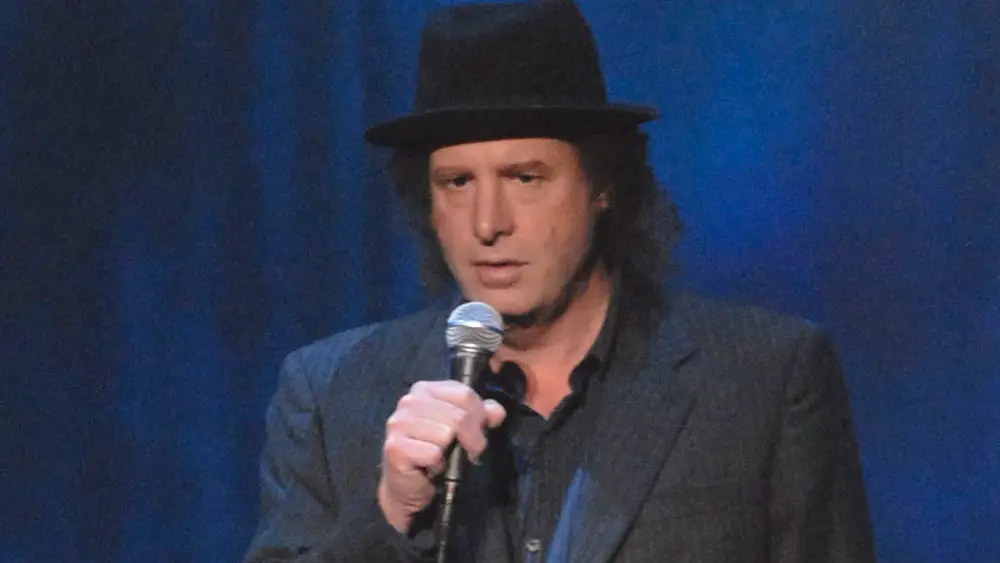One-liners: they’re the sharpshooters of the comedy world. Delivering a punch of humor in just a single line, these bits of wit can elevate any story or stand-up routine. However, the brevity of a one-liner doesn’t necessarily mean it’s simple to craft. So, how does one master the art of the witty one-liner?
A one-liner, in essence, is a sleek, swift stroke of humor—a wisecrack that, when delivered well, can have more impact than a lengthy comedic narrative. Its potency lies not just in its humor but in its ability to offer a quick, insightful, or absurd observation that resonates with the listener. These concise quips are not only preferred for their punch but because they act as a swift antidote to the blues, proving that indeed, humor can be a powerful medicine.
Crafting such one-liners, which can trigger an instant burst of laughter, requires a keen sense of observation, a twist of creativity, and an understanding of timing. They’re a special kind of linguistic magic, delivering stand-up comedy’s essence in a single, neatly wrapped package. One-liners can range from motivational quips to deep, philosophical musings, all while packing a comedic punch.
Creating these gems is an art form that demands conciseness without sacrificing the message’s depth. For comedians, especially those well-versed in the craft, constructing one-liners might come naturally. But for newcomers, it might seem like a daunting hill to climb. Fear not, for with practice, anyone can master this art. Below are methods to spark your one-liner wit:
1. Play With Puns
Puns are the playground of one-liners, where words with double meanings can lead to unexpected, often hilarious interpretations. A well-placed pun can elevate a simple observation into a memorable joke, offering a surprising twist that delights the audience.
2. Explore Verbal Humor
Similar to puns but with a unique twist, verbal humor thrives on the playful use of language, where the joke’s humor might not be immediately apparent but lands with those who appreciate subtlety. It’s the art of saying one thing but meaning another, a clever juxtaposition that invites the audience to think and then laugh.
3. Master the Counter
This technique thrives on subverting expectations. Begin with a premise that leads the audience in one direction, only to reveal a punchline that veers off course. It’s the comedic equivalent of a plot twist, often resulting in a burst of laughter once the audience catches on.
4. Leverage Spot Humor
Situational humor, or spot humor, derives from immediate surroundings or current activities. It’s about making a quick, witty comment about something happening in the moment, which requires a sharp observational eye and the ability to find humor in the mundane.
5. Utilize Stereotype-Based Banter
This approach plays on common stereotypes to create humor that’s both relatable and surprising. While it requires a delicate balance to avoid crossing into insensitivity, done right, it can poke fun at societal norms in a way that’s both thought-provoking and hilarious.
6. Observational Wisecracks
Drawing from personal experiences or peculiar situations you’ve encountered, these one-liners resonate deeply because they’re rooted in reality. They invite the audience to laugh not just at the joke, but at the shared human experience it represents.
7. Everyday Problem
Turning life’s frustrations into comedy gold, these one-liners tackle daily annoyances with humor. It’s a way to vent about life’s trials in a manner that’s both cathartic and comedic, transforming anger into amusement.
8. The Absurd and the Unreal
Diving into the realms of the absurd or the fantastical, these one-liners require a leap of imagination, asking the audience to join you in a reality twisted by humor. They’re a testament to creativity, proving that sometimes, comedy knows no bounds.
9. Civic Humor
Touching on politics and societal issues with a light-hearted lens, civic humor demands not only a knowledge of current events but the skill to comment on them in a way that’s insightful yet entertaining.
Conclusion
One-liners are a testament to the power of brevity in comedy. They encapsulate complex ideas, observations, and criticisms in a single, digestible format that, when done right, can leave a lasting impression. For those new to crafting one-liners, remember: it’s about giving life to the ordinary, offering a fresh perspective on the everyday, and, most importantly, about practicing until the perfect quip becomes second nature.
In a world where “even pizza arrives faster than the police,” one-liners not only provide laughter but a unique lens through which we view our surroundings. They’re not just jokes; they’re reflections of life itself, served with a side of humor. So, to all the comedians out there, embrace the challenge. The art of the one-liner awaits.
Certainly! Here are some FAQs that complement the blog post on crafting witty one-liners:
FAQs for Crafting One-Liners
Q: How often should I practice writing one-liners?
A: Daily practice is ideal. The more you write, the sharper your wit becomes. Even jotting down one or two one-liners a day can significantly improve your skill over time.
Q: What if my one-liners don’t seem funny to others?
A: Comedy is subjective, and not every line will be a hit with every audience. Focus on refining your craft and finding your unique voice. Consider the feedback, but also trust your comedic instincts.
Q: How can I tell if a one-liner is good?
A: A good one-liner typically has clarity, brevity, and an unexpected twist. Test it out on friends or at open mic nights to gauge reactions. If it consistently gets laughs, you’ve likely got a winner.
Q: Can I use one-liners outside of comedy routines?
A: Absolutely! One-liners can be effective in speeches, presentations, writing, or social media to engage and entertain your audience. They’re versatile tools that can add a spark of humor to various contexts.
Q: How do I deal with writer’s block when trying to come up with one-liners?
A: Take a break and seek inspiration from everyday life, movies, books, or conversations. Sometimes, stepping away from the pressure to create can clear your mind and lead to your best ideas. Also, try changing your environment or routine to stimulate creativity.
Q: Are there any topics I should avoid in my one-liners?
A: While comedy often pushes boundaries, it’s wise to be mindful of topics that could deeply offend or hurt others, especially those relating to race, religion, gender, and personal trauma. Striking a balance between edgy and respectful is key to broad appeal.
Q: How important is timing when delivering a one-liner?
A: Timing is crucial. The pause before the punchline and the delivery speed can greatly impact the joke’s effectiveness. Practice your timing in different settings to see what works best.
Q: Is it okay to borrow one-liners from famous comedians for my routine?
A: While it’s great to be inspired by famous comedians, your material should be original. Borrowing directly from others can lead to accusations of plagiarism. Instead, learn from their techniques and apply them to create your own unique content.

